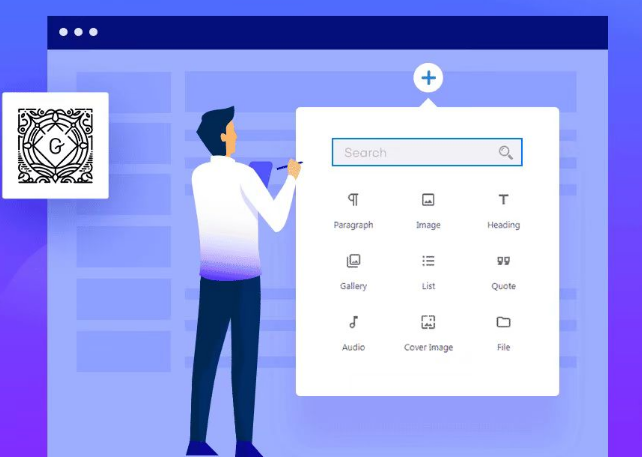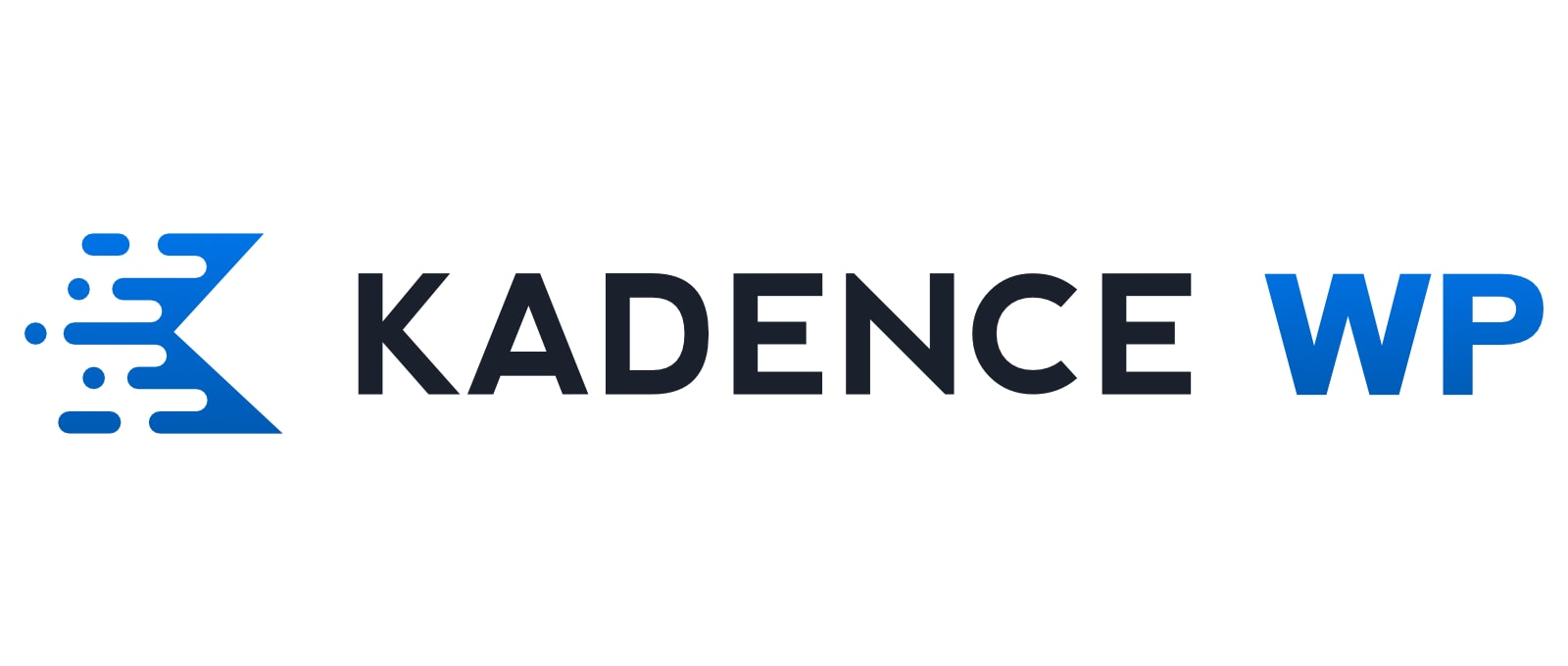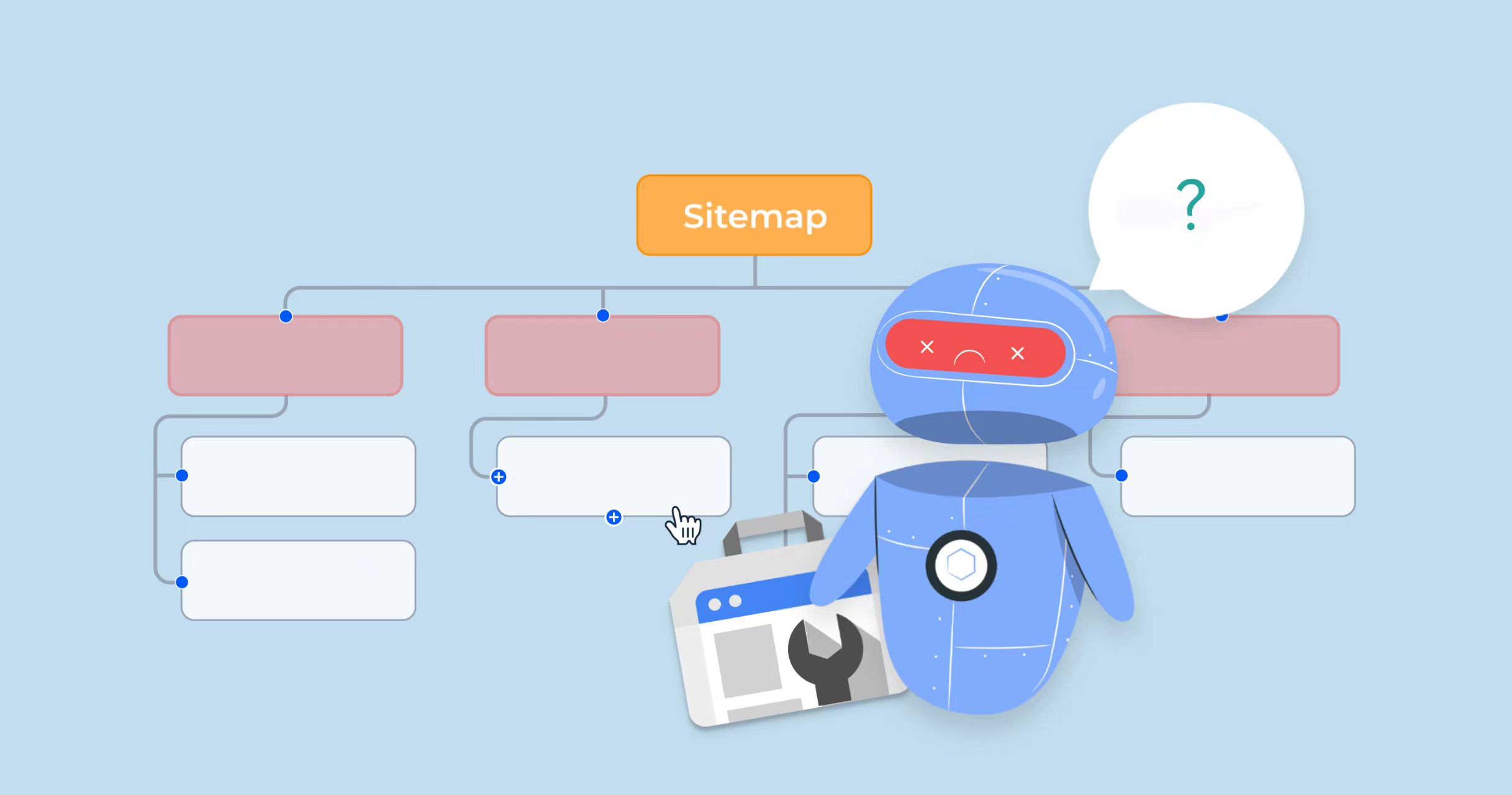What is Malware in WordPress?
![Image [1] - How to Identify, Remove and Prevent Malware in WordPress Websites - Photonwave.com | Professional WordPress Repair Service, Worldwide, Fast Response](https://www.361sale.com/wp-content/uploads/2024/06/2024062814594166.png)
Malware is any harmful software designed to damage a computer system or website. It can infect your website through viruses, worms or spyware. For WordPress websites, malware attacks can affect the performance of your website, your server and user experience, and may even negatively impact your website's SEO.
Even with regular website maintenance and the use of security plugins, your website can still be vulnerable to malware attacks.
The most common types of WordPress malware
Although there are various types of malware on the Internet, not all malware affects WordPress. below are some of the most common types:
- backdoor program
This malware enables hackers to access websites by creating backdoor entry points. Once an attacker discovers a vulnerability (e.g., weak passwords or insecure admin panels), they are able to plant a backdoor in the website to gain unauthorized access. - Pharma hacking and spam content
Attackers use SEO spam to manipulate search engine rankings and direct traffic to other websites for improper promotion. This infection is usually subtle and difficult to detect.
![Image [2] - How to Identify, Remove and Prevent Malware in WordPress Websites - Photonwave.com | Professional WordPress Repair Service, Worldwide, Fast Response](https://www.361sale.com/wp-content/uploads/2024/06/2024062815043145.png)
- hacker tool
These tools allow attackers to perform illegal activities such as denial-of-service attacks (DoS), service vulnerability exploits, etc., which can compromise websites. - phishing (Internet)
Phishing is a type of fraudulent activity carried out via email or website to obtain sensitive user information (such as login credentials, contact details or bank account details). It can seriously affect the reputation and performance of a website.
How to Remove Malware from a WordPress Website (7 Step Guide)
- Backup website files and databases
Backup all website files and databases before you start removing malware. This way you can easily restore your data even if something goes wrong. This can be done manually using the WordPress plugin or by contacting your hosting provider.
![Image [3] - How to Identify, Remove and Prevent Malware in WordPress Websites - Photonwave.com | Professional WordPress Repair Service, Worldwide, Fast Response](https://www.361sale.com/wp-content/uploads/2024/06/2024062814411855.png)
- Scanning the website
Use the WordPress Scan plugin to scan a website for malware threats. You can also use the URL Scanner program to find out if a website is infected with malware. Scan for suspicious activity in the following folders: WordPress core files, .htaccess files, wp-content folder and wp-config.php file. - Consulting Managed Service Provider
If your site uses a shared hosting plan, contact the hosting provider for help with scanning and removing malware.
![Image [4] - How to Identify, Remove and Prevent Malware in WordPress Websites - Photonwave.com | Professional WordPress Repair Service, Worldwide, Fast Response](https://www.361sale.com/wp-content/uploads/2024/06/2024062815081010.png)
- Reinstall the latest version of WordPress
Uninstall and reinstall the latest version of WordPress to clean up the hacked site. Make sure to install the same version for the site to work properly. - Reinstall themes and plugins
Remove all unnecessary website files and reinstall themes and plugins to avoid using infected core files. - Recover password and permanent link
Reset your WordPress username and password and restore the permalink to make sure the URL works. - Use of security plug-ins
Install and run security plugins to prevent malware from invading your website. This can help you take control of your website's security and make sure it doesn't become a target again.
How to protect your website from future malware attacks
- Regularly update WordPress
Regularly update WordPress themes and plugins to fix security vulnerabilities.
![Image [5] - How to Identify, Remove and Prevent Malware in WordPress Websites - Photonwave.com | Professional WordPress Repair Service, Worldwide, Fast Response](https://www.361sale.com/wp-content/uploads/2024/06/2024062814563770.png)
- Change Password
Change WordPress passwords and database credentials regularly and restrict user access to avoid security breaches.
To change your WordPress password, go to the WordPress dashboard on theUser > Profile.
![Image [6] - How to Identify, Remove and Prevent Malware in WordPress Websites - Photonwave.com | Professional WordPress Repair Service, Worldwide, Fast Response](https://www.361sale.com/wp-content/uploads/2024/06/2024062814501391.png)
existunder account management.strike (on the keyboard)"Set Password"to set a new password, and then click"Update Profile".
![Image [7] - How to Identify, Remove and Prevent Malware in WordPress Websites - Photonwave.com | Professional WordPress Repair Service, Worldwide, Fast Response](https://www.361sale.com/wp-content/uploads/2024/06/2024062814534218.png)
After setting a strong password, log out of all active sessions on the site.
- Schedule frequent backups
Set up daily or weekly real-time backups to ensure data security. - Using the malware scanning plug-in
Regularly scan websites to detect and remove malware attacks.
Summary:
Regularly updating WordPress, changing passwords on a regular basis, scheduling frequent backups and using a malware scanning plugin ensure the long-term security of your website. With these methods, users can effectively protect their WordPress website from malware.
![Image [8] - How to Identify, Remove and Prevent Malware in WordPress Websites - Photonwave.com | Professional WordPress Repair Service, Worldwide, Fast Response](https://www.361sale.com/wp-content/uploads/2024/06/2024061301281171.png)
Link to this article:https://www.361sale.com/en/12151
The article is copyrighted and must be reproduced with attribution.


































No comments